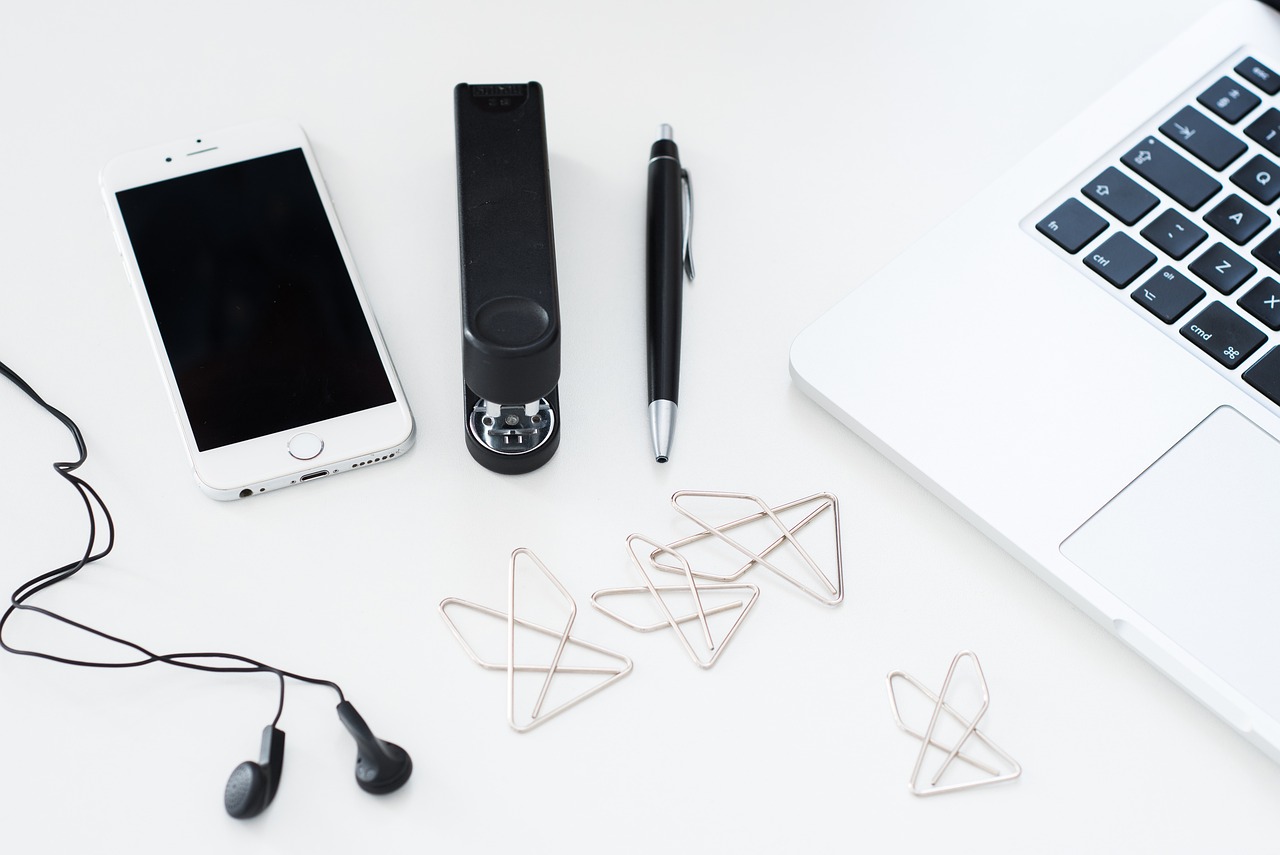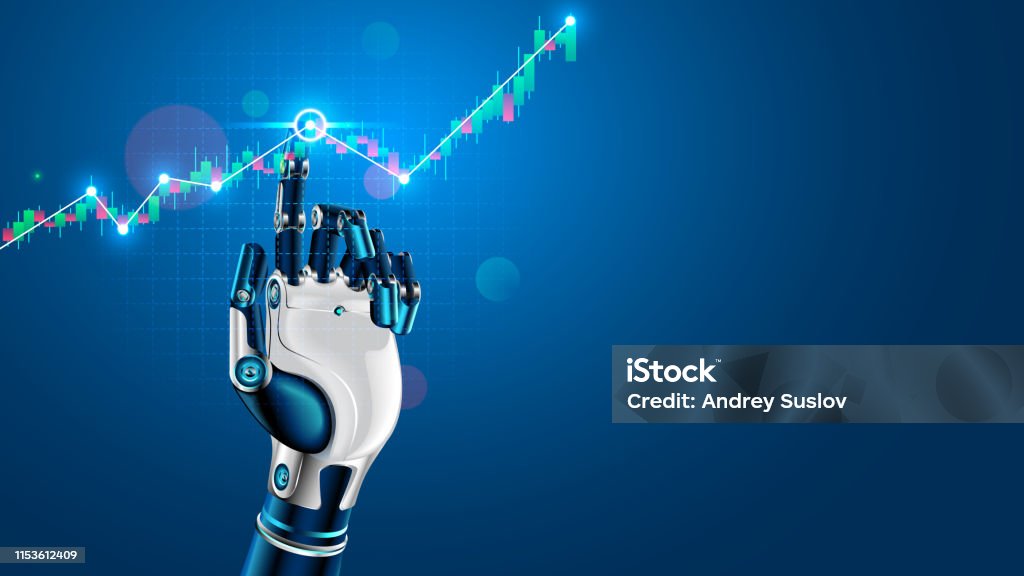Unleash your creative potential with the power of artificial intelligence! AI image tools are revolutionizing the way we create, edit, and interact with visual content. From generating stunning images from text prompts to enhancing existing photos with incredible precision, AI is democratizing the creative process. This blog post will delve into the fascinating world of AI image tools, exploring their capabilities, benefits, and how you can leverage them to elevate your visual projects.
What are AI Image Tools?
Understanding the Technology Behind AI Image Generation
AI image tools harness the power of deep learning models, often based on Generative Adversarial Networks (GANs) or diffusion models. These models are trained on vast datasets of images and learn to understand the relationships between pixels, objects, and concepts. When given a text prompt or an existing image, the AI uses this knowledge to generate new images or modify existing ones in a realistic and creative way.
- GANs (Generative Adversarial Networks): Consist of two neural networks, a generator and a discriminator, that compete with each other to produce realistic images. The generator tries to create images that fool the discriminator, while the discriminator tries to distinguish between real and generated images.
- Diffusion Models: These models work by gradually adding noise to an image until it becomes pure noise, then learning to reverse this process and generate an image from the noise based on a given prompt. They often produce more coherent and realistic images compared to GANs.
Key Features and Capabilities of AI Image Tools
AI image tools offer a wide array of features, making them incredibly versatile for various applications. Some of the most notable capabilities include:
- Text-to-Image Generation: Creating images from textual descriptions, allowing users to visualize their ideas without needing advanced artistic skills.
- Image Enhancement and Upscaling: Improving the quality and resolution of existing images, removing noise, and enhancing details.
- Style Transfer: Applying the style of one image to another, allowing users to transform their photos into artistic masterpieces.
- Object Removal and Inpainting: Removing unwanted objects from images and seamlessly filling the resulting gaps.
- Image Editing and Manipulation: Advanced tools for adjusting colors, lighting, and other image properties.
- Face Swapping and Generation: Replacing faces in images or creating entirely new realistic faces.
Benefits of Using AI Image Tools
Increased Efficiency and Productivity
AI image tools dramatically speed up the creative process, allowing users to generate high-quality visuals in a fraction of the time compared to traditional methods.
- Faster Content Creation: Create images for social media, marketing materials, or website content in minutes.
- Automated Editing Tasks: Automate repetitive tasks like background removal or image resizing.
- Reduced Costs: Minimize the need for expensive stock photos or professional graphic designers.
Enhanced Creativity and Innovation
AI image tools can help users explore new creative avenues and push the boundaries of their imagination.
- Generate Unique and Original Images: Create visuals that are unlike anything else, standing out from the crowd.
- Experiment with Different Styles and Concepts: Easily explore various artistic styles and visual concepts.
- Overcome Creative Blocks: Use AI to generate ideas and jumpstart your creative process.
Accessibility for Non-Artists
AI image tools democratize the creative process by making it accessible to individuals without formal artistic training.
- Visualize Ideas Without Drawing Skills: Transform your concepts into visuals even if you can’t draw or paint.
- Create Professional-Looking Graphics: Produce high-quality visuals that meet professional standards.
- Empower Small Businesses and Entrepreneurs: Create compelling marketing materials without breaking the bank.
Popular AI Image Tools
Overview of Leading AI Image Platforms
The AI image tool landscape is constantly evolving, with new platforms and features emerging regularly. Some of the most popular and powerful tools include:
- Midjourney: Known for its artistic and surreal image generation capabilities. Best accessed through their Discord server.
- DALL-E 2 (OpenAI): Offers a wide range of image generation and editing features, with a focus on realism and detail.
- Stable Diffusion: An open-source model that allows for greater customization and control over the image generation process. Can be run locally or through online services.
- Canva AI Tools: Canva offers several AI-powered features within its design platform, including text-to-image generation, background remover, and magic eraser.
- Adobe Firefly: Integrated within the Adobe Creative Cloud suite, offering powerful AI image generation and editing capabilities.
Practical Examples and Use Cases
Here are some practical examples of how you can use AI image tools in various scenarios:
- Creating Marketing Materials: Generate eye-catching visuals for social media ads, website banners, and email campaigns. For example, create a banner ad for a summer sale using the prompt: “a vibrant beach scene with a large ‘50% OFF’ banner, sunny, happy people.”
- Designing Website Graphics: Create unique illustrations and graphics for your website to enhance its visual appeal.
- Generating Content for Social Media: Produce engaging images and videos for your social media channels to increase engagement and brand awareness. Try using a prompt like: “a futuristic cityscape at night, neon lights, flying cars, vibrant, cyberpunk style” for a social media post about technology.
- Developing Concept Art: Quickly create concept art for video games, movies, or other creative projects.
- Enhancing Product Photography: Improve the quality of product photos by removing backgrounds, adjusting lighting, and enhancing details.
Choosing the Right Tool for Your Needs
Selecting the right AI image tool depends on your specific requirements and budget. Consider the following factors:
- Image Quality and Realism: Evaluate the quality and realism of the images generated by different tools.
- Features and Functionality: Determine which features are most important to you, such as text-to-image generation, image editing, or style transfer.
- Ease of Use: Choose a tool that is intuitive and easy to use, even if you don’t have extensive technical skills.
- Pricing and Subscription Plans: Compare the pricing plans of different tools and choose one that fits your budget.
Optimizing Your AI Image Prompts
Crafting Effective Text Prompts for AI Image Generation
The key to generating high-quality images with AI lies in crafting effective text prompts. Here are some tips for writing clear and concise prompts:
- Be Specific and Detailed: Provide as much detail as possible about the image you want to create. Include details about the subject, setting, style, colors, and lighting.
- Use Descriptive Language: Use vivid and descriptive language to paint a clear picture of the image in the AI’s mind.
- Experiment with Different Keywords: Try different keywords and phrases to see what results you get.
- Specify the Style and Artistic Medium: Indicate the desired style (e.g., photorealistic, impressionistic, surreal) and artistic medium (e.g., painting, photograph, illustration).
- Include Negative Prompts: Specify what you don’t want in the image. For example, if you don’t want blurry areas, include “no blur” or “sharp focus” in your prompt.
Example prompts:
- Good: “A majestic lion standing on a rocky cliff at sunset, golden light, detailed fur, wildlife photography, realistic.”
- Better: “A majestic African lion standing on a rocky cliff overlooking the Serengeti at sunset, golden light illuminating its detailed fur, wildlife photography, hyperrealistic, 8k, cinematic lighting, no blur.”
Tips for Achieving Desired Results
- Iterate and Refine: Don’t be afraid to experiment with different prompts and settings until you achieve the desired result.
- Use Seed Numbers: Some AI tools allow you to use seed numbers to generate similar images with slight variations. This can be helpful for fine-tuning the results.
- Combine Multiple Prompts: Experiment with combining multiple prompts to create more complex and nuanced images.
- Explore Online Communities: Join online communities and forums to learn from other users and share your own tips and tricks.
Conclusion
AI image tools are transforming the creative landscape, offering unprecedented opportunities for artists, designers, marketers, and anyone who wants to create stunning visuals. By understanding the capabilities of these tools, mastering the art of prompt engineering, and experimenting with different platforms, you can unlock your creative potential and bring your ideas to life in ways you never thought possible. Embrace the power of AI and embark on a journey of visual innovation.




